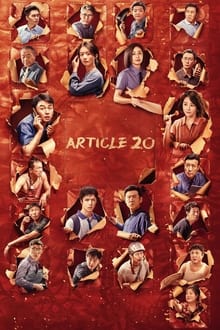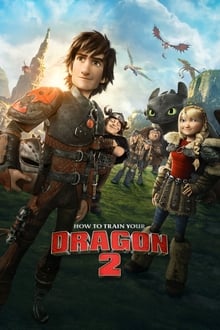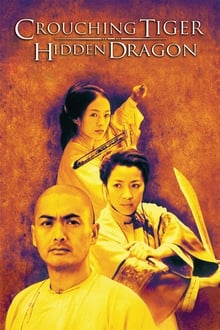Overall Rating
Combines user and critic ratings from four sources

After a great catastrophe, the souls of Nezha and Aobing are saved, but their bodies face ruin. To give them new life, Taiyi Zhenren turns to the mystical seven-colored lotus in a daring bid to rebuild them and change th...
After a great catastrophe, the souls of Nezha and Aobing are saved, but their bodies face ruin. To give them new life, Taiyi Zhenren turns to the mystical seven-colored lotus in a daring bid to rebuild them and change th...
The film's central thesis explicitly promotes progressive ideology by critiquing imperialism and domestic authoritarianism, advocating for collective resistance and solidarity among the oppressed.
As a Chinese mythological film, 'Ne Zha II' naturally showcases a diverse cast from a global perspective, reflecting its cultural origins rather than explicit race or gender swaps of traditional Western roles. The narrative is deeply rooted in themes of oppression and discrimination faced by marginalized groups, emphasizing community and collective resistance against corrupt leadership, thereby making strong DEI themes central to its storytelling.
Ne Zha II does not feature any identifiable LGBTQ+ characters or themes. The film's narrative focuses on mythological and cultural elements, with no noted representation or subtext related to queer identity in available information.
Based on the provided information, there are no specific details or descriptions of female characters, such as the Dragon Queen, engaging in and winning close-quarters physical combat against male opponents in the film.
Based on available information, Ne Zha II follows traditional character roles from Chinese mythology. There are no indications or mentions that any characters, historically or canonically established as one gender, have been portrayed as a different gender in this film.
The film is explicitly stated to be deeply rooted in Chinese mythology and culture, with no evidence of race swapping or altering ethnic identities of characters. It emphasizes indigenous Chinese heritage and traditional narratives, indicating no changes to established racial identities.
Combines user and critic ratings from four sources























